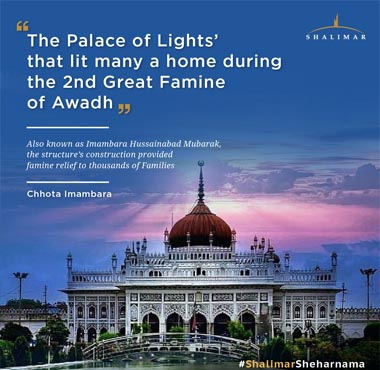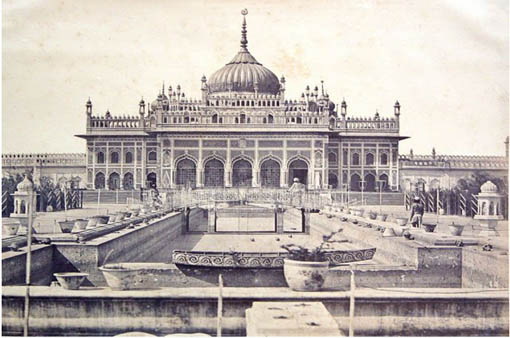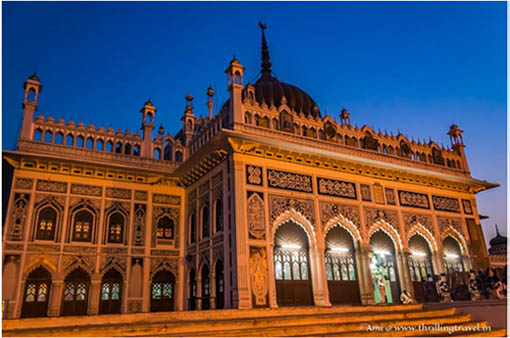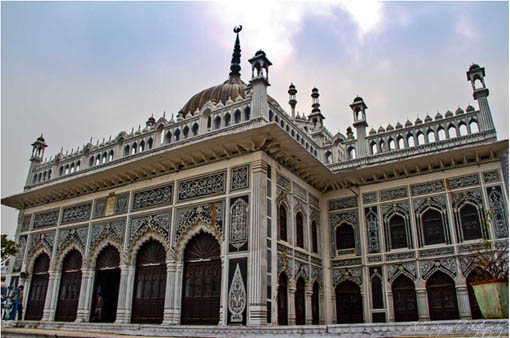
Chhota Imambara - The Palace of Lights
Chhota Imambara - How does one even start putting this beguiling blend of Indo- Islamic and Persian architecture into words?? Talking about the name to begin with, the artistic lightwork that dazzles Chhota Imambara on celebratory occasions making it a delightful sight to behold, is precisely why this monument is touted as ‘The Palace Of Lights’. With the astonishing marble work and the striking interiors embellished with gold-edged mirrors, exquisite glass work and grand chandeliers, this monument is located near its larger counterpart, Bara Imambara. No wonder it is boasted as one of the city's most significant historical possessions. Also known as the Hussainabad Imambara, this historical masterpiece is a pit stop for anyone keen for history, with its grand dome, turrets, large courtyards and sprawling gardens. Built in the year 1839 under the reign of third Nawab of Oudh, Mohammad Ali Shah, this monument also served as a mausoleum for the Nawab’s family, and also contains two exact replicas of the magnificent Taj Mahal as tombs of Shah’s daughter and her husband. This historical landmark is soaked in mind blowing history and is also commemorated as a safe haven for famine-stricken people in the 19th century.

HISTORICAL SIGNIFICANCE
When an NRI sells a property in India, TDS (tax deducted at source) calculation is done at the rate of 20.6 per cent on long-term capital gains and 30.9 per cent on short-term capital gains. However, the final taxation rate is similar for NRIs and resident Indians. If an NRI has a lower tax slab applicable to him, he can apply for a refund of the TDS by filing their income tax return, making
ARCHITECTURE


Reflecting the structural designs of Charbagh, Persian and Indo-Islamic culture at its best, Chhota Imambara or Hussainabad Imambara showcases the Nawabi grandeur like nothing else. With its florid carvings and walls adorned with arabic calligraphy along with Belgian chandeliers, the Chhota Imambara’s elegance scales ever greater heights the closer you look. The Hussainabad Mosque which is decorated fascinatingly and intricately with Quranic calligraphy and floral patterns, can also be found inside the main monument. Accompanied by another significant piece of historical art, the watch tower known as Satkhanda (a seven storeyed tower even though it only has four storeys) constructed for moon watching, Chhota Imambara is topped up with that Nawabi charm which we never stop talking about. The five doorways of this monument accentuate the significance of 'Panjetan' also known as the holy five. The Imambara comprises of two halls and apart from a Shehnasheen, a platform where the Zarih of Imam Husain is kept. The humongous hall of Azakhana is intensely adorned with chandeliers and beautiful crystal glass lamp-stands.